Shimabara - Nagasaki Prefecture
| Travel Reports by mfedley | view profile of mfedley |
| previous post |
| next post |
| Note: The opinions and views expressed in this user report are those of the individual author and do not necessarily reflect the opinions and views of japan-guide.com. |
July 31, 2016 - Shimabara - Nagasaki Prefecture
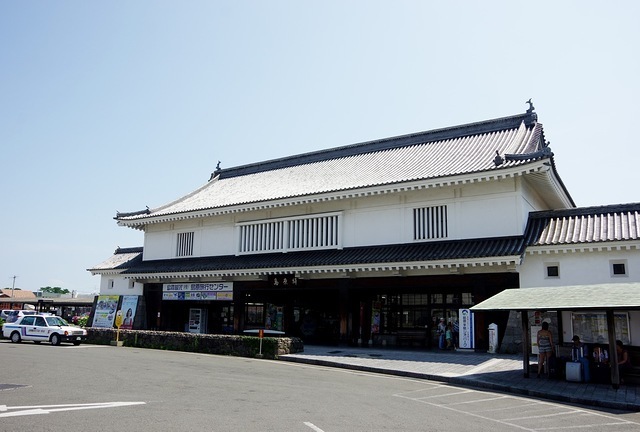
Shimabara is a sleepy town located in the South East of Nagasaki prefecture and is known for the historically important Shimabara rebellion which took place in 1637. It also overlooks the large and imposing Mt Unzen volcano which last killed people in the local vicinity as recent as 1991. For today, I'll visit some of the locations found within walking distance of the station.
For today, I visited the following locations in order:
(1) Shimabara Castle
(2) Samurai Houses
(3) Sakakibara Museum
(4) Carp Stream
(5) Shimeiso
(6) Kotoji Temple
(7) Catholic Churck
(8) Gokokuji Temple
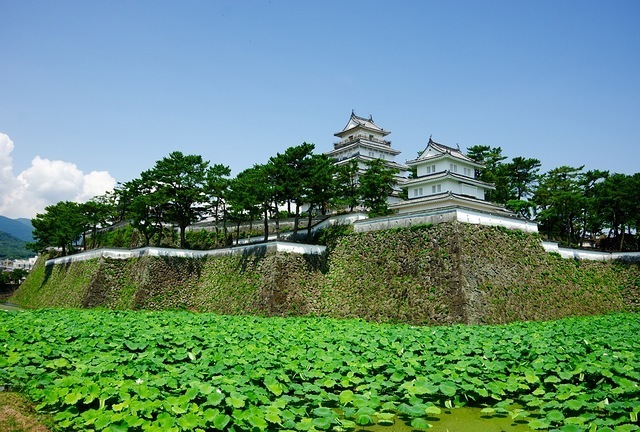
Shimabara castle is located around an 8 minute walk from Shimabara station, with the majority of the walking occuring due to the fact that the entrance is on the opposite site that faces the station. Due to this - it's fair to say that this castle is relatively large. It costs 510 yen to enter which gets you into the main keep along with three guard towers. Each has some type of museum which carries a different theme. Do note that you can get to Shimahara from Nagasaki by catching a train to Isahaya and then swapping over to the Shimabara line. Do note that it should take at least 2 hours from Nagasaki to get here with rather infrequent connections.
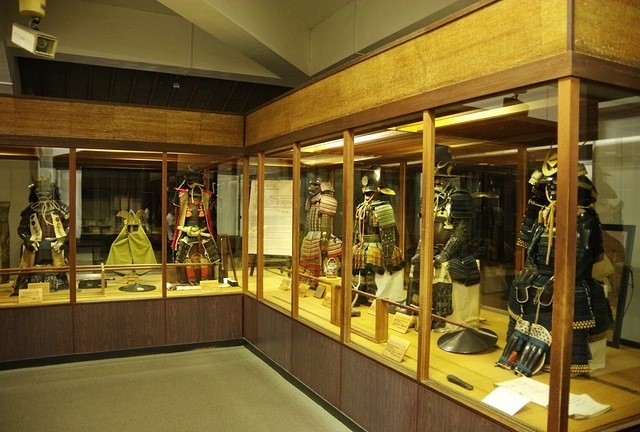
The main keep is 5 floors with each floor having a specific type of exhibition. One floor had a theme looking at the christians in the area along with the Shimahara rebellion, with my favourite floor having a good smattering of samurai outfits and swords. Note that there was also good explanations in Japanese, English, Korean and Chinese from memory.
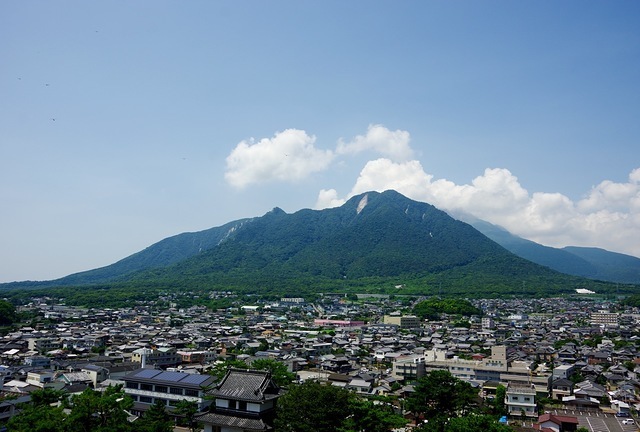
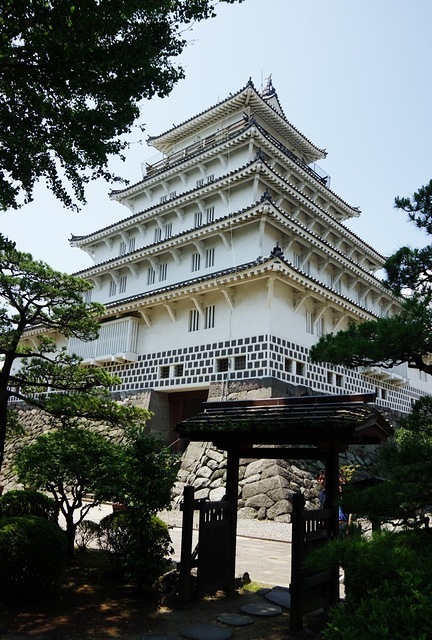
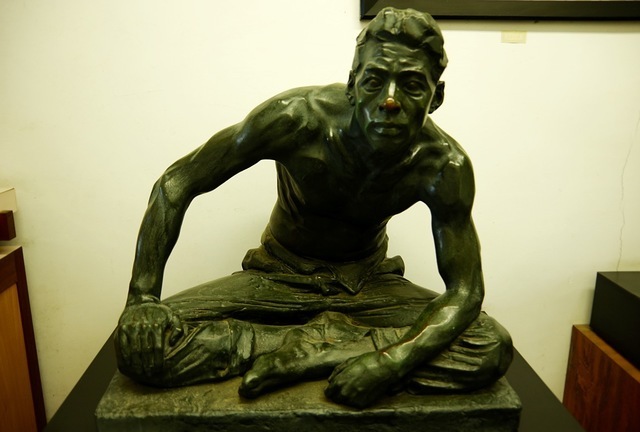
One of the smaller guard houses has the Seibo Memorial Hall which is the artist who made the famous Nagasaki Atomic Bomb statue. In this small museum we can see a few examples of his work - along with being able to do the same outside. This artist as you can see specialised in sculptures/statues.
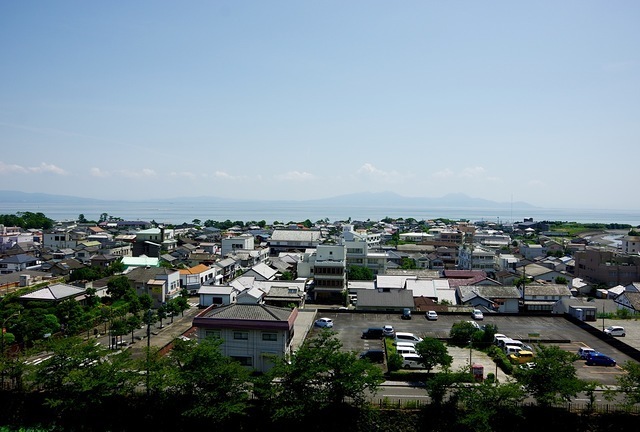
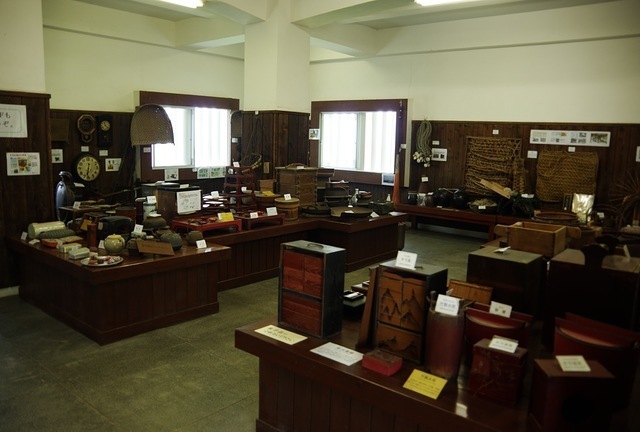
As mentioned above, there are three different guardhouses. One of them is basically filled with old stuff, with much of it gathering dust. As normal, there is a good view from the second floor.
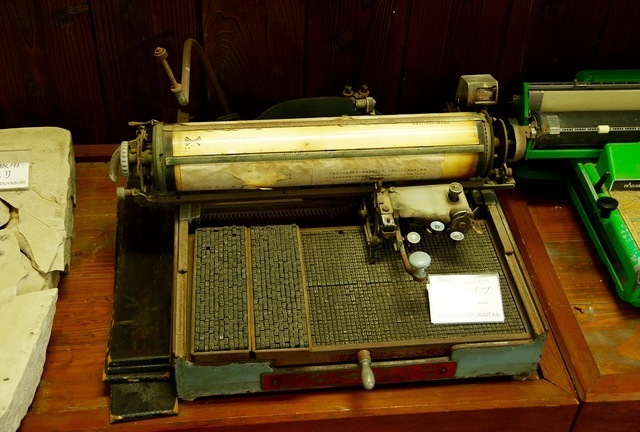
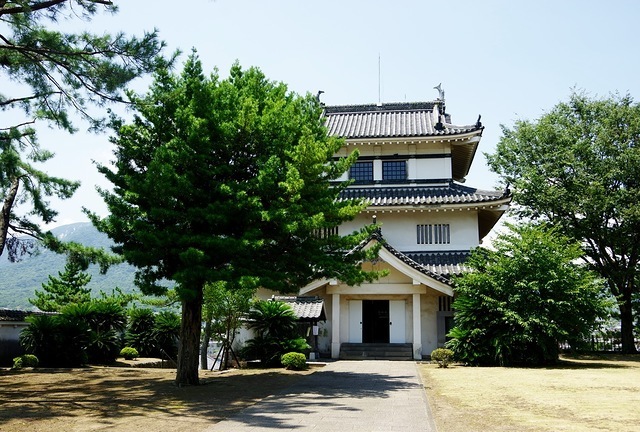
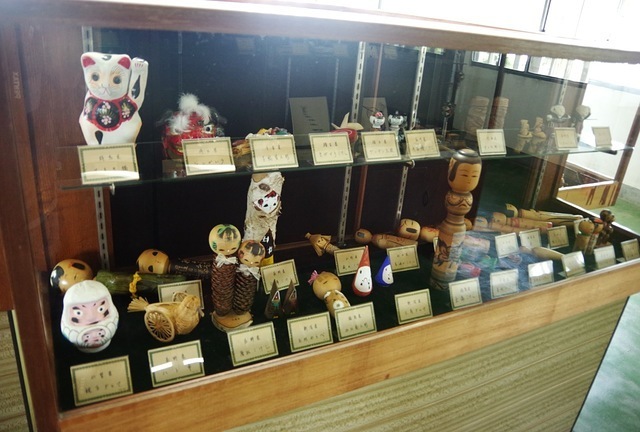
The third guardhouse located at Shimabara castle has a shrine on the ground floor with Japanese trinkets on the second floor. Also note that there is also a disaster exhibition on the castle grounds which shows a 15 minute movie showing the Mt Unzen volcanic eruption that occurred a couple of decades ago.
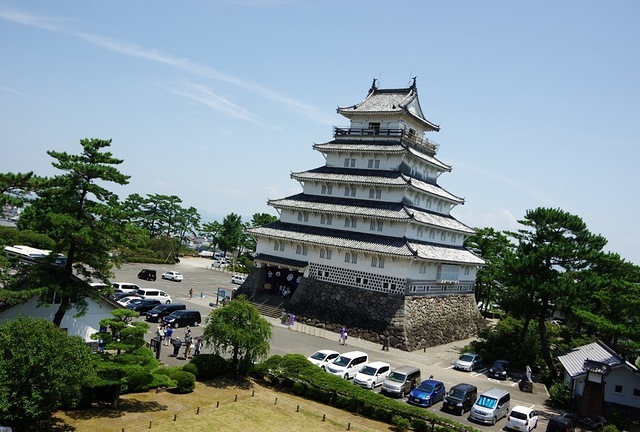
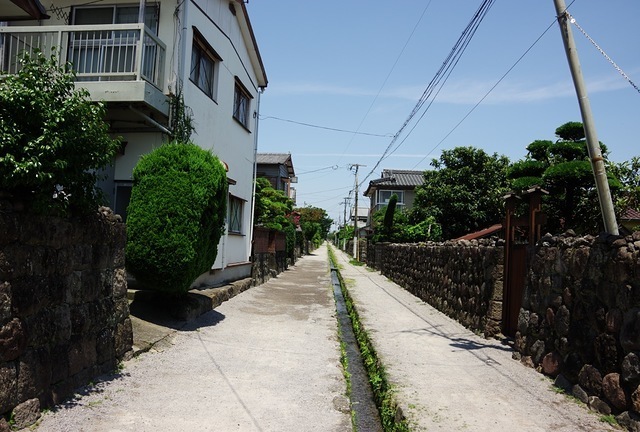
Around a 5 minute walk from the castle is three lower class samurai houses which can be entered free of charge. When you visit Samurai areas in Japan - it is normally evident by the large stone fences such as what can be seen in the photo above. Also note that the water in the middle of the road is spring fed from the Mt Unzen volcano and used to serve as the local source for drinking water.
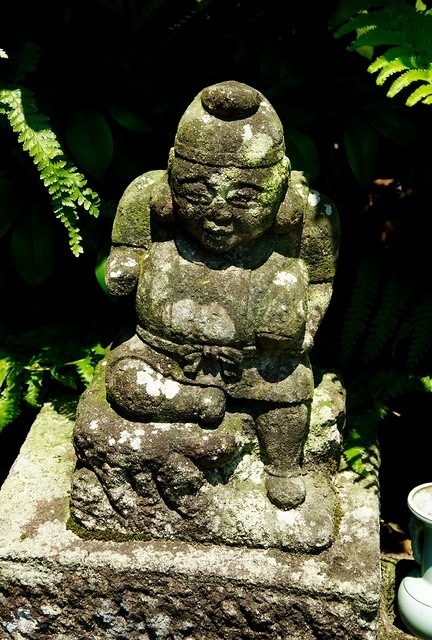
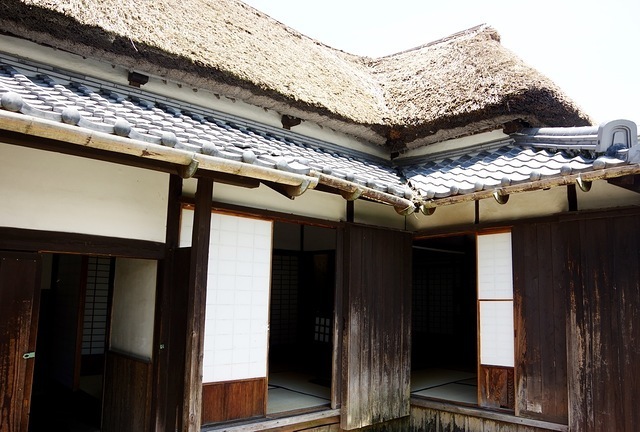
The closest samurai residence to the castle is the Torita Residence - who were a lower level samurai family who moved to the local area in 1669. The family tended to hold posts in timber administration or boating administration, which allowed some power compared to the merchant class of the time.

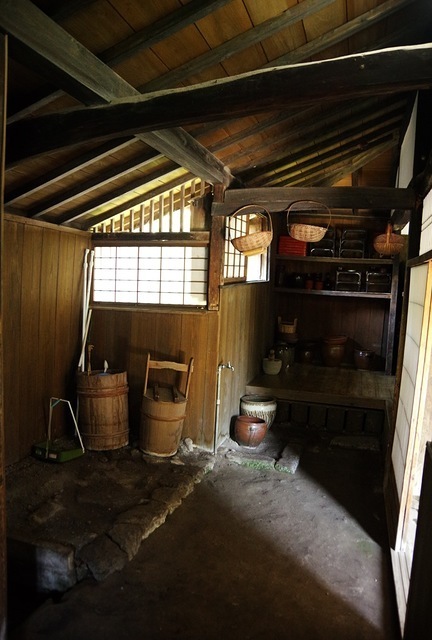
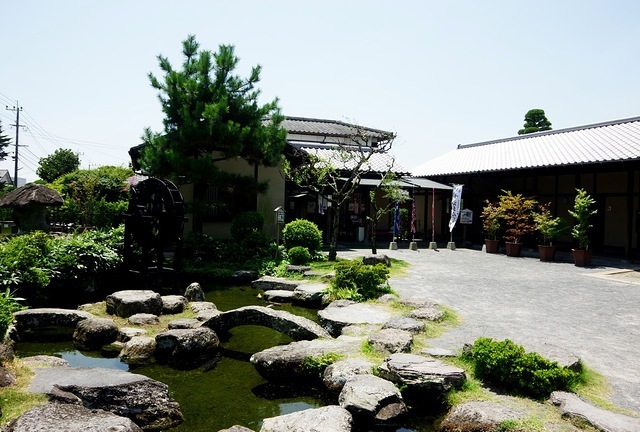
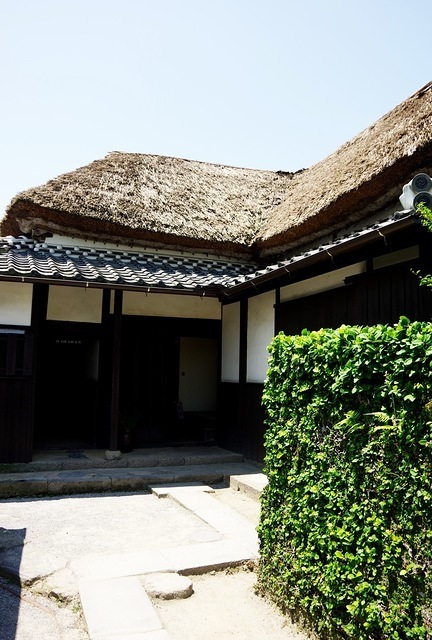
The next mansion is the Shinozuka residence, with the family mainly acting as clerks and administrators for the local domain lord. All samurai residences in the local area were roughly the same size - with 300 square meter plot been given to the family in question.
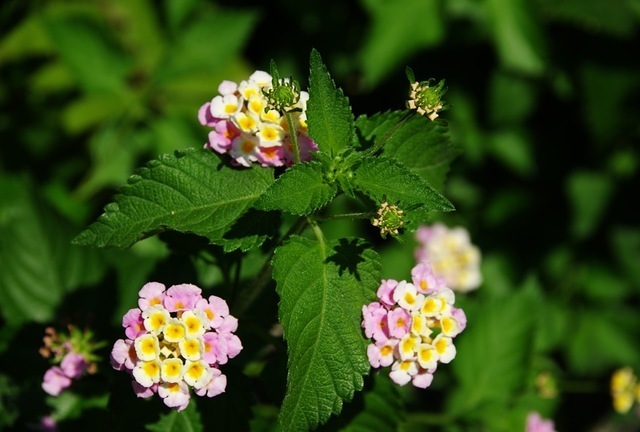
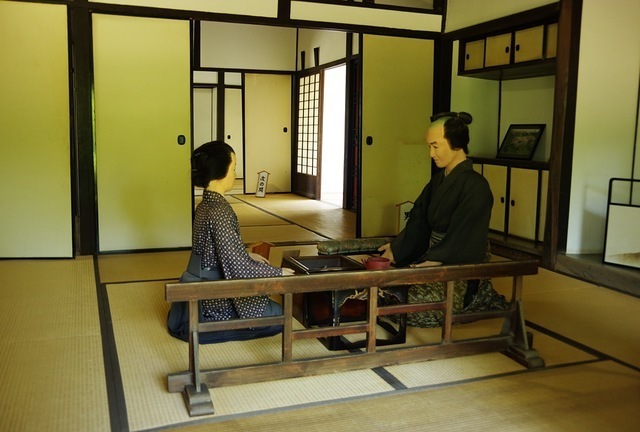
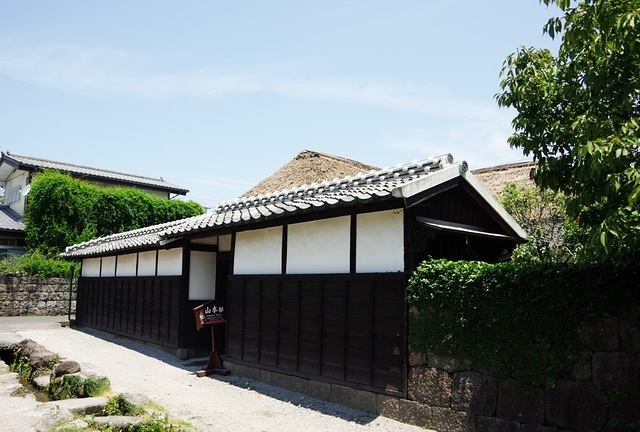
The last samurai dwelling visited was the Yamamoto residence, which once again is located extremely close to the other two residences. This particular residence was build is 1868 and the family served the Tokugawa Shogunate for 13 successive generations. This can also be seen with the household getting the largest stipend out of the three houses which are still present (17 koku instead of 8-14 koku at the time).
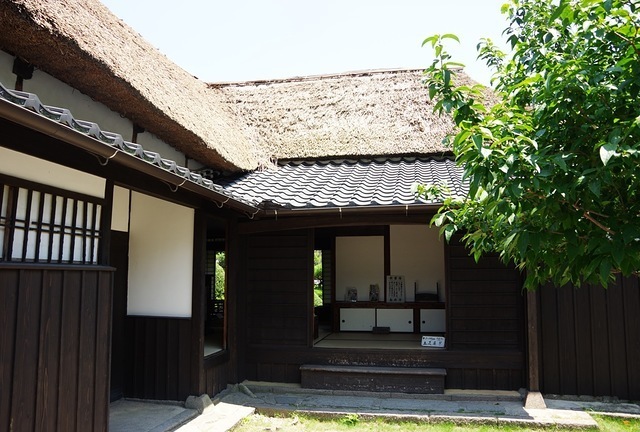
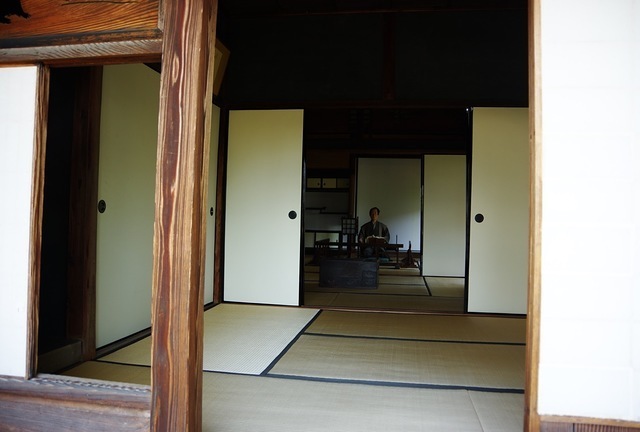

Located a little further west of the samurai residences is the Sakakibara Museum which costs 200 yen to enter - but they only charged me 100 yen. There is only a small amount of English signage, but the museum is basically filled with old bric a brac which is rather interesting to me.
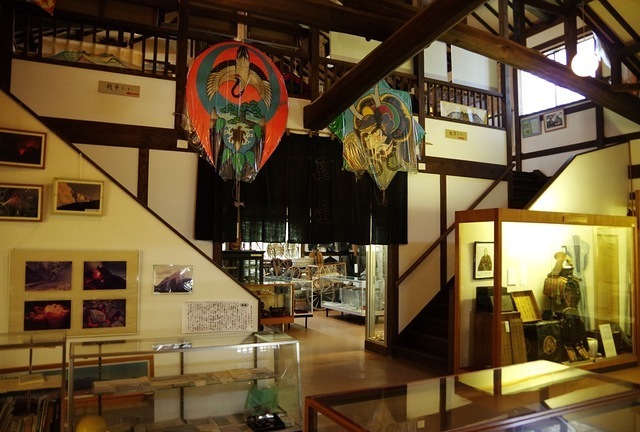
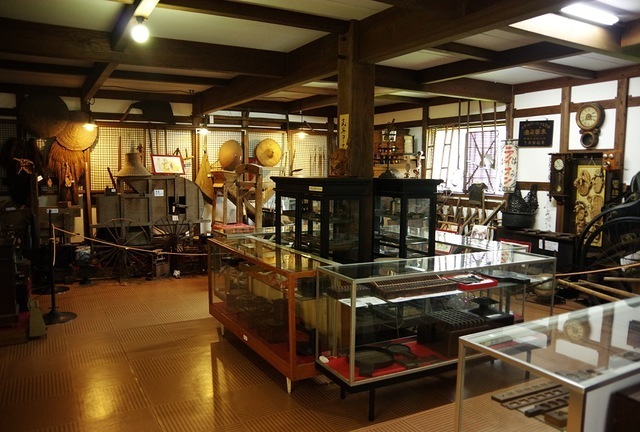
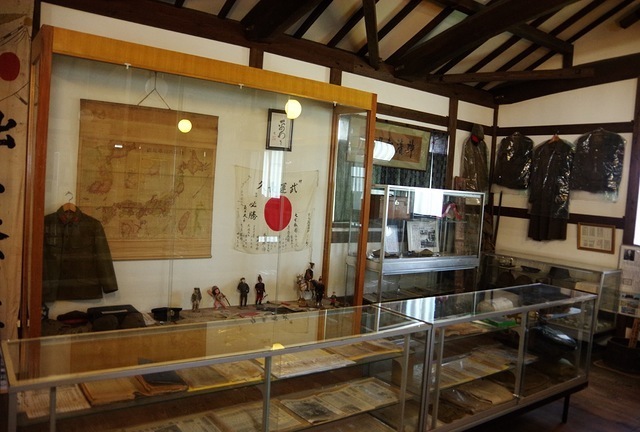
My ability to read Japanese is almost non-exsistant, but I can tell you that it's extremely rare to find any old objects in any museums which talks about WW2. It's almost as it's devoid from the local history of many small museums.

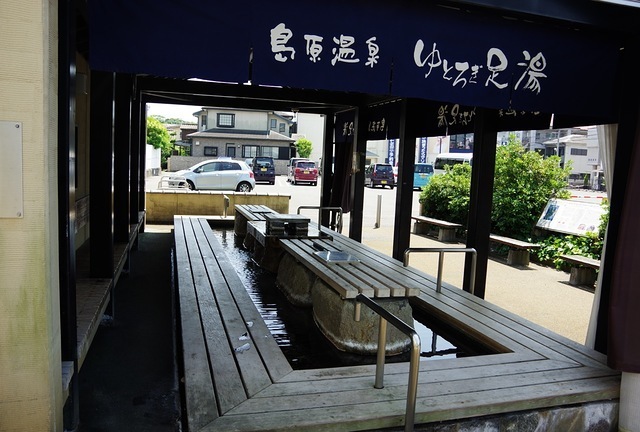
A 15-20 minute walk from the Sakakibara Museum is the Carp Stream which is what it sounds like - a small stream with lots of carp swimming up and down. There is also a couple of foot baths in the area as it's also home to the main onsen area of the town.
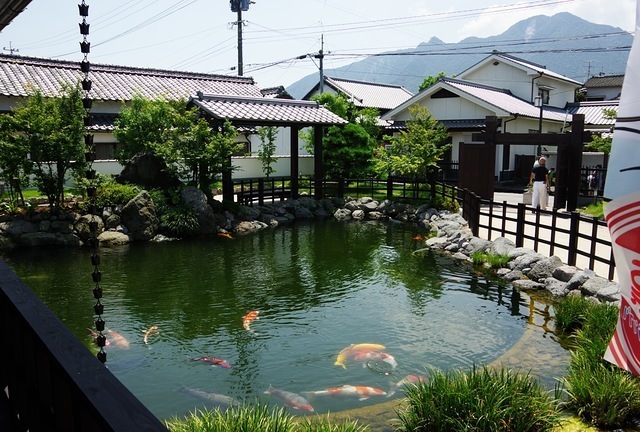
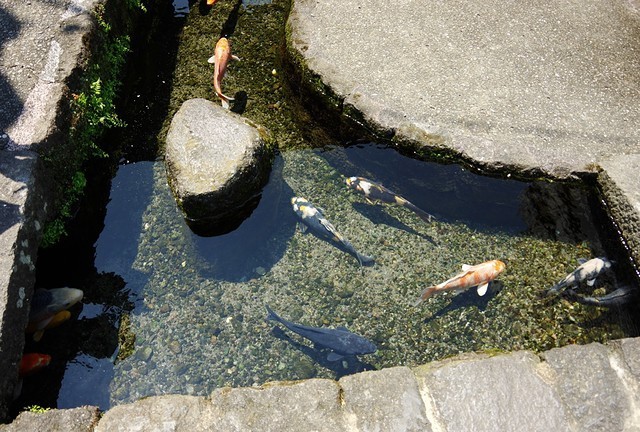
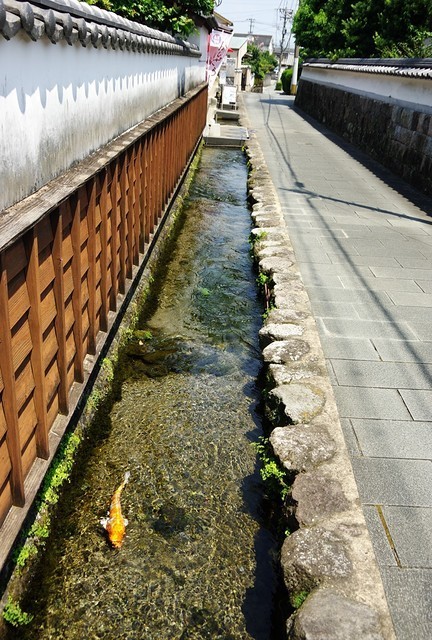
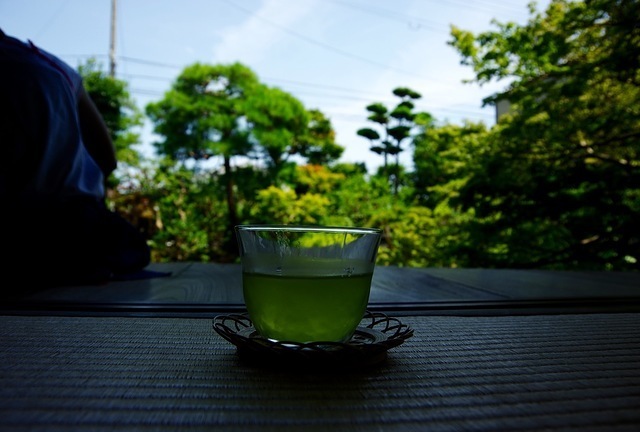
In the general vicinity of the Carp Stream is the Shimeiso, a residence open to the public where you can have a green tea which you look at the garden. Entrance is by donation.
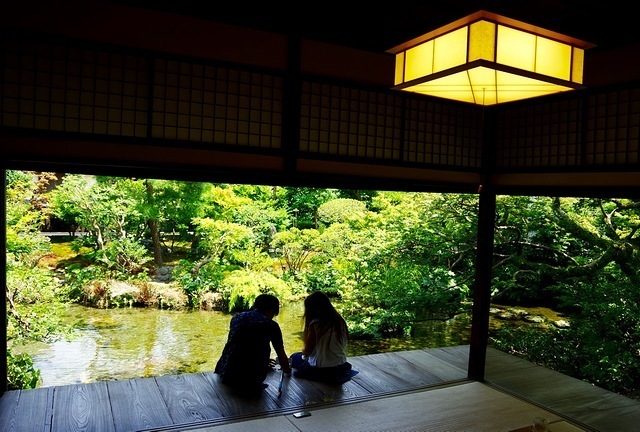
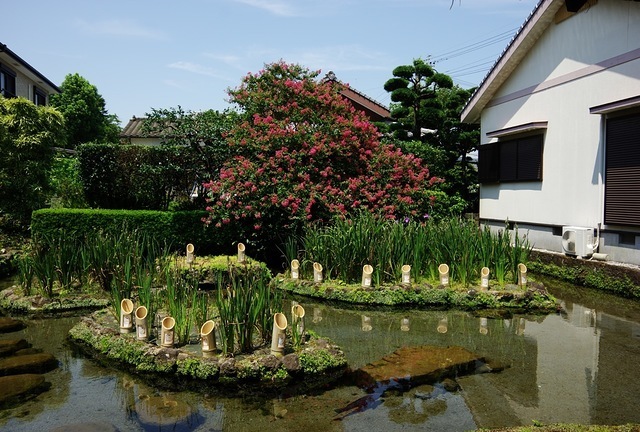
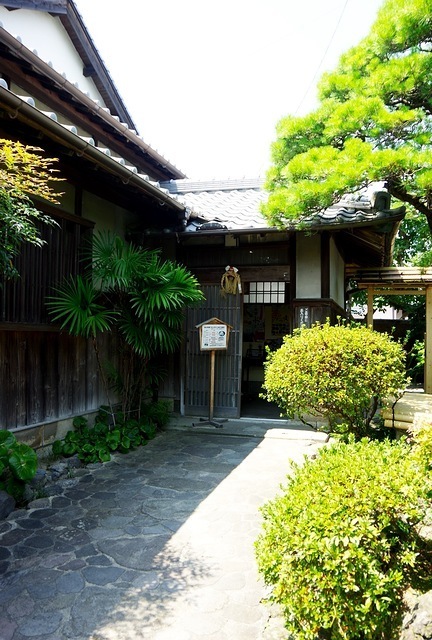
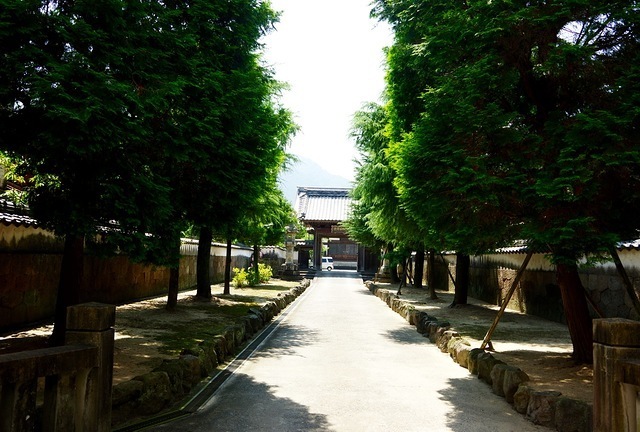
A 5 minute walk from the Carp Stream is Kotoji Temple which is home to a large reclining Buddha. It's located on a small man made hill in the cemetery.
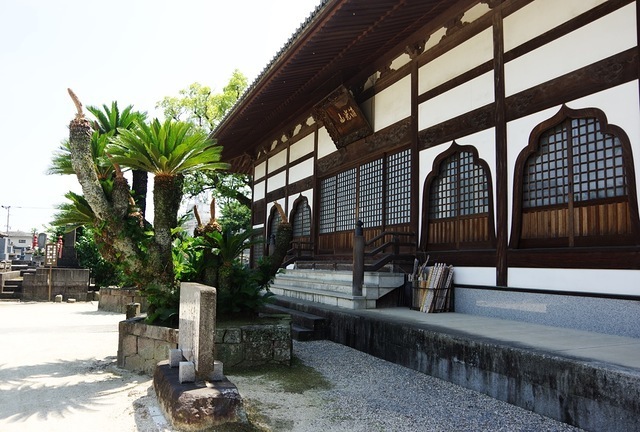
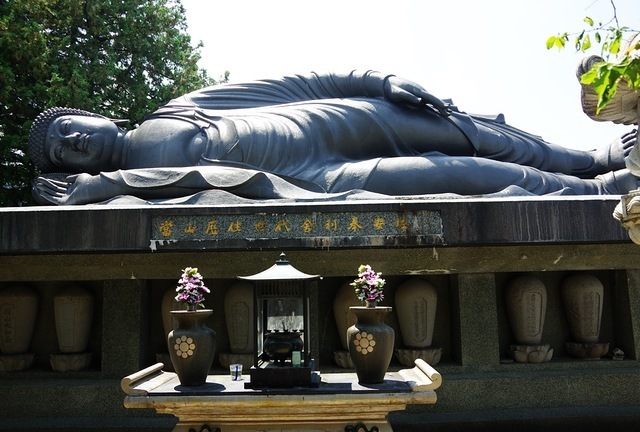
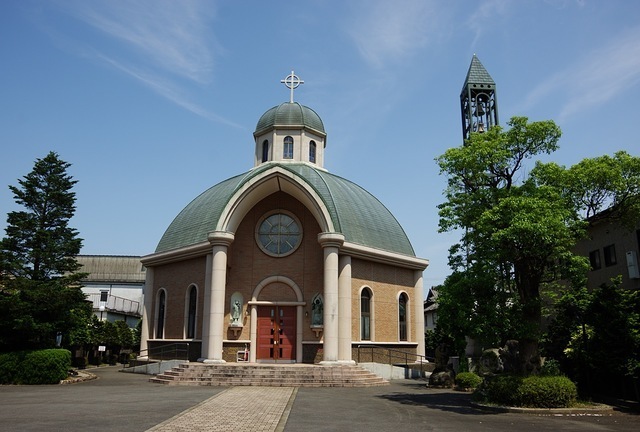
A further 5 minute walk away is the Shimabara Catholic Church, which can be used as a local landmark.
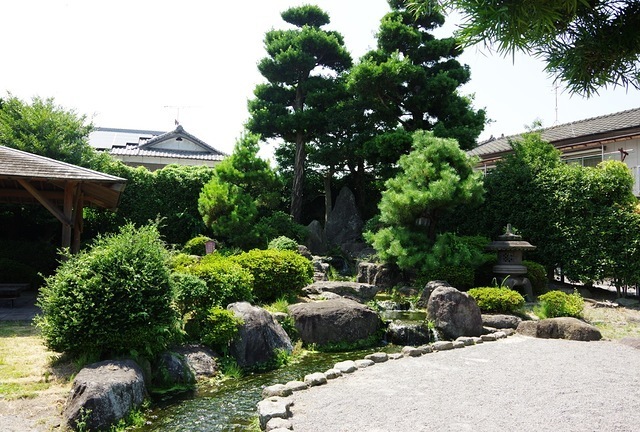
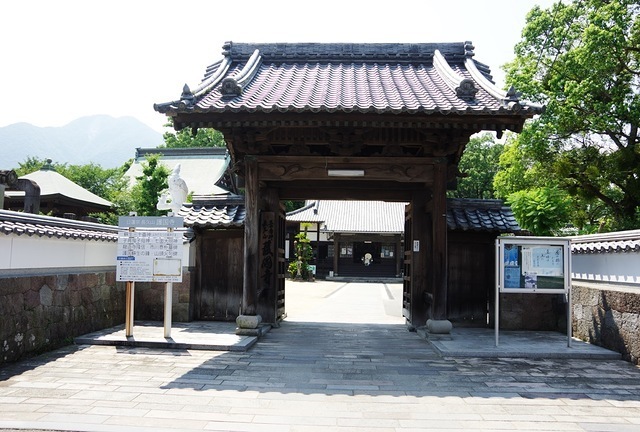
My last location visited in Shimabara was Gokokuji Temple which is located around the corner from the Catholic Church. This temple is known mainly for having 30 god statues.
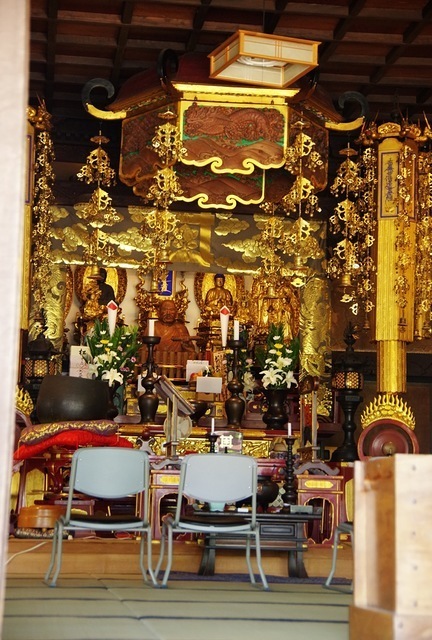

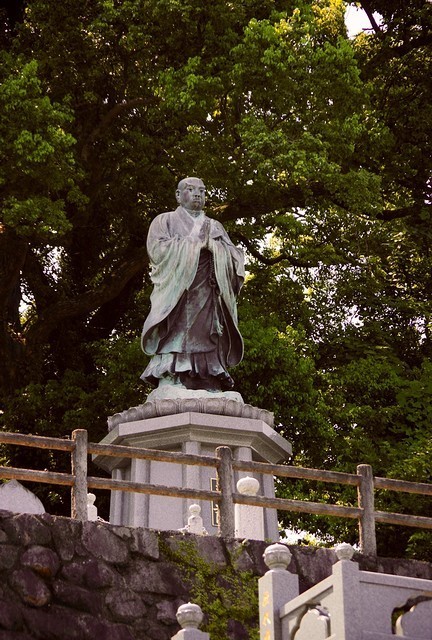
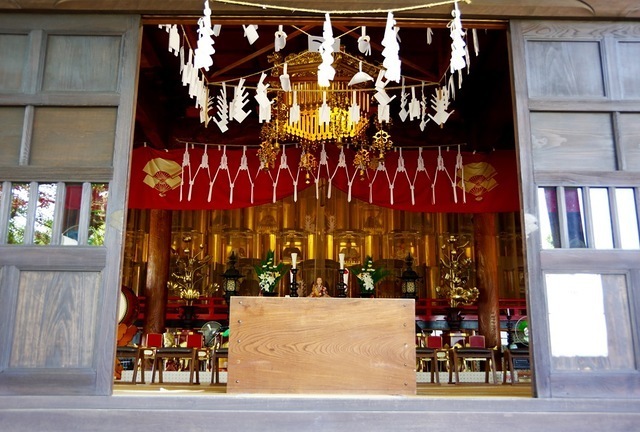
As you can see - Shimabara has a nice castle along with some interesting exhibits. There is also a large Volcano Museum which is supposably worth visiting in the local area. My favourite location in Shimabara was a toss up between the Samurai Houses and the Carp Stream - but the view of Mt Unzen is always beautiful and imposing.
Later today, I'll be making my way to Unzen Onsen which is a 70 minute bus ride from Shimabara Train station.
Further Information:
Shimabara Tourist Information:http://www.city.shimabara.lg.jp/kanko/ (Japanese with English Translation Option)
| previous post |
| next post |